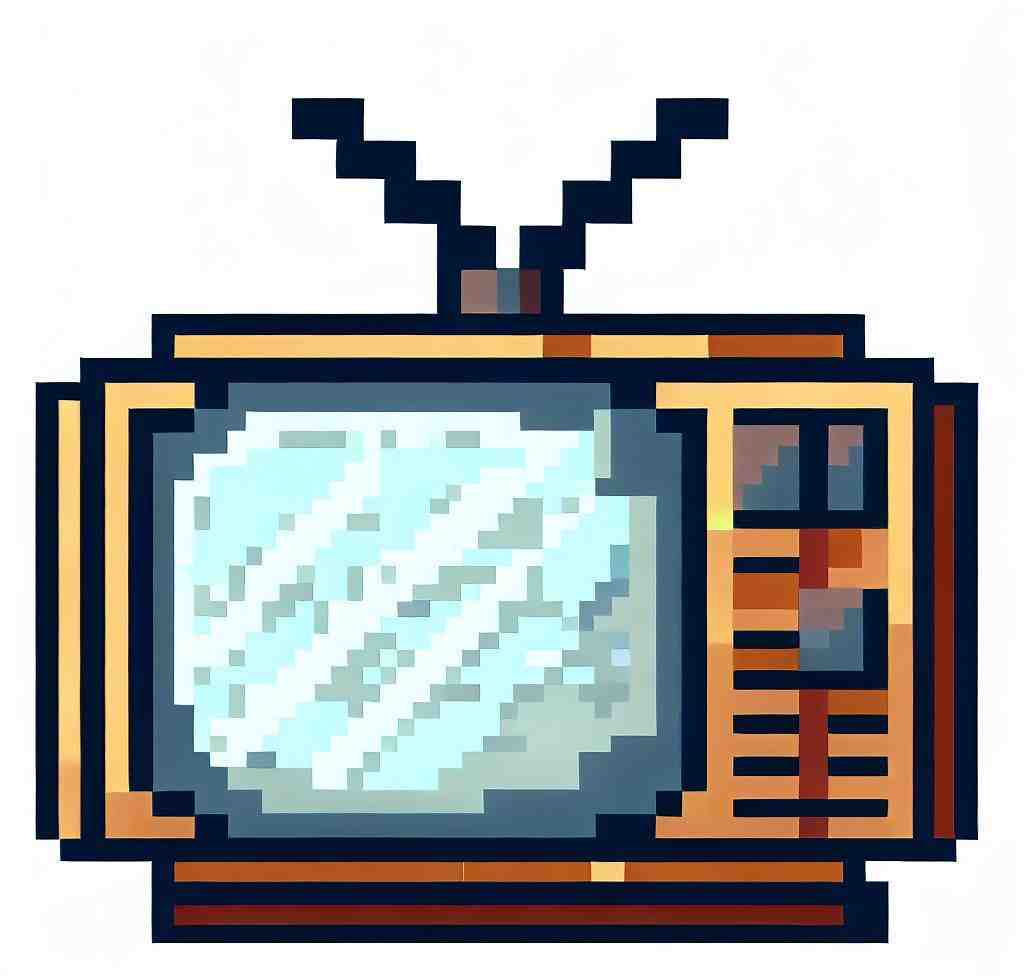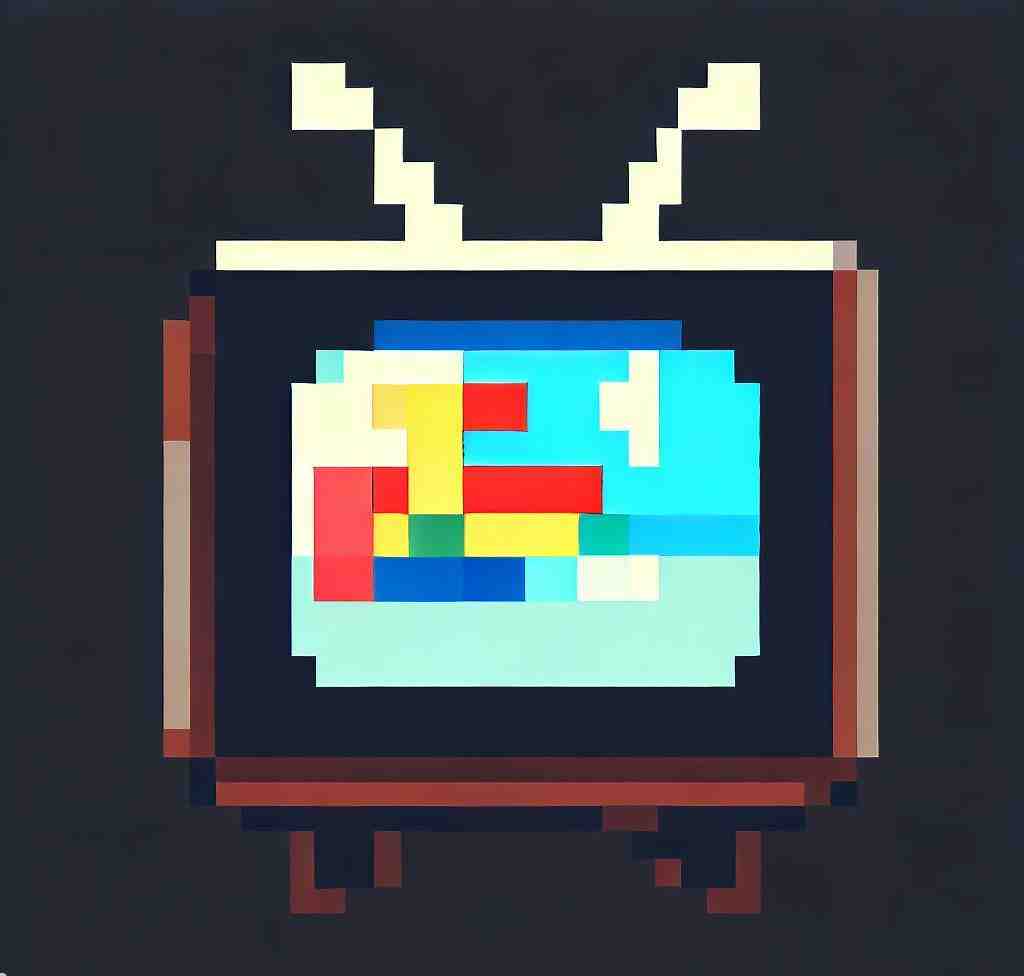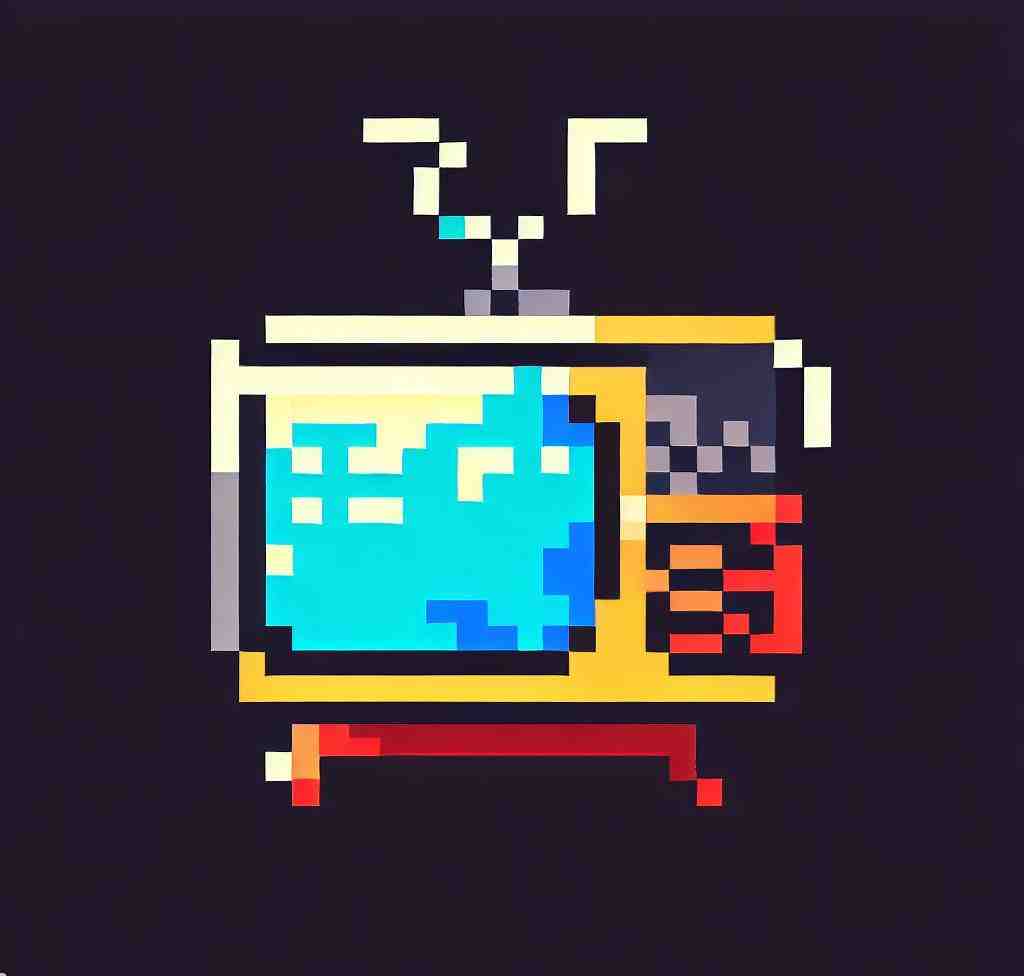
How to connect your PANASONIC FX780
You have just acquired a television and you do not know where to start to turn it on and watch your favorite programs? This article is made for you! We wanted to help you to make the connections from your PANASONIC FX780 television to its peripherals.
To do this, we will explain how to connect your PANASONIC FX780 TV to a power supply first, your TV set secondly, and your DVD player finally.
Connecting power to your PANASONIC FX780 TV
To begin with, we’ll explain how to connect your PANASONIC FX780 TV to a power supply.
This is the simplest manipulation.
In the box containing your TV, you must have been provided with different cables.
Look for one that ends with a plug.
It may be already connected to your TV PANASONIC FX780.
If this is not the case, connect the other end of the cable to the “power” input of your TV. Finally, plug the plug into a socket outlet.
All you have to do is turn on the TV with its remote control.
Connect your TV set to your PANASONIC FX780
Plugging in your TV decoder to your PANASONIC FX780 is essential for you to watch channels on your television.

There are two types of decoders: the satellite decoder, and the television decoder, from your service provider.
Connecting the satellite decoder to your PANASONIC FX780
There are four connections to make when starting up your satellite decoder.
But before anything else, make sure you have a satellite parable! To get started, find the HDMI cable that came with your decoder.

Find all the information about PANASONIC FX780 in our articles.
Connect it in “HDMi In” to your TV PANASONIC FX780, and “HDMi Out” to your decoder.
Then take the SCART cable to your PANASONIC FX780.
It has wide ends and is often blue or black.
And connect your television to your decoder.
Then connect the LSB cable from your satellite parable to your decoder.
Finally, you must connect the power supply of your decoder to a power outlet.
Connecting a provider decoder to your PANASONIC FX780
With the TV decoder of a provider, you must have a satellite parable, a DTT antenna, and a box from the supplier.
First, start by connecting the decoder to the box via the supplied ethernet cable.
Next, connect the decoder to the LSB cable of your satellite parable via the “SAT” input.
And connect the decoder to the DTT antenna via the “RF IN” input. Continue by connecting your decoder to the PANASONIC FX780 with a HDMI cable.
Connect it in “HDMi In” to your TV PANASONIC FX780, and “HDMi Out” to your decoder.
Finally, connect the power supply via the “power supply” input of your decoder.
Do not forget to plug the other end into a power outlet!
Plug in your DVD player
To plug in a DVD player to your PANASONIC FX780 to watch your favorite movies or series, you need to make 3 connections.
To get started, find the HDMI cable supplied with your DVD player.
Connect it in “HDMi In” to your TV PANASONIC FX780, and “HDMi Out” to your DVD player.
Then take the scart cable.
It has wide ends and often blue or black.
And connect your DVD player to your decoder.
Finally, you must connect the power supply of your DVD player to a power outlet.
Plug in your amp to your PANASONIC FX780
Finally, if you want a better sound from your PANASONIC FX780, you can connect your amp to the television. Begin by preparing the speakers of your amp by plugging them into the sound outputs of the amp.
These are the yellow and blue colored outputs.
Then connect the amplifier to your PANASONIC FX780 TV with the optical cable of your amp.
It plugs into the “Audio optic” or “audio” output of your television. Finally, you must connect the power plug of your amp to a socket.
How do I connect my Panasonic TV?
– On your Panasonic remote, press MENU.
– Select Network > Network connection.
– You will then be prompted that it is searching for Wi-Fi networks.
– Choose your router’s Wi-Fi name from the list then press OK on the remote.
– Select your wireless router’s Security Type.
How do I connect my Panasonic TV to cable?
– Connect HDMI OUT on satellite receiver / digital cable box to HDMI IN on TV.
Image varies by model.
– After connection is made, put the TV in HDMI Video mode by pressing the “TV/VIDEO” or “Input” button on the remote control.
How do I connect to Viera?
– Press [MENU]
– Select “Setup”, press [ OK ]
– Select “VIERA Link settings”, press [ OK ]
– Select “VIERA Link” and set to “On”
– Select and set other VIERA Link settings ( Power on link / Power off link / Energy saving mode / Unselected device auto off )
How do I connect my Panasonic TV to HDMI?
Acquire a cable that fits the ports on both devices.
Connect the cable from one device’s HDMI port to the other.
Use the Source or Input button on the TV to switch to the port. Configure video and audio on the device if needed.
Panasonic Tutorial: Installing an app on the TV. | Panasonic support
5 ancillary questions
How do I connect my phone to my Panasonic?
Why is Viera Link not available on my Panasonic TV?
Possible cause and solutions.
Check that the HDMI micro cable is fully inserted. Confirm that the [VIERA Link] in the [Settings] Menu is set to [ON]. Depending on HDMI terminal of the TV, the input channel may not switch automatically.
How do I set up my TV for cable?
Connect a coaxial cable (not provided) to the ANT/CABLE IN jack on the back of your TV and to the antenna or cable TV wall jack. Plug your TV’s power adapter into a power outlet, then turn on your TV. Press INPUT to open the INPUT SOURCE list. to highlight TV, then press ENTER.
How do I connect my Panasonic remote to my TV?
Press and hold down the MAGIC key on the universal Panasonic TV remote.
Select the device you want to connect your universal Panasonic remote control to. Finally, press and hold down the digit key to set up for your brand (Panasonic) and device.
Is Panasonic Viera Link a smart TV?
Viera Cast is a Smart TV platform by Panasonic that makes it possible to stream multimedia content from the Internet directly into select Viera HDTVs and Blu-ray players.
You may also be interested in the following articles:
- How to reset sound and audio settings on PANASONIC TX-55EZ950E TV OLED4K UHD
- How to record on PANASONIC 65FX600 4K HDR Smart TV
- How to stop or activate audiodescription on PANASONIC TV TX-65EX600E 1300 BMR 4K HDR
You still have issues? Our team of experts and passionate could help you, feel free to contact us.